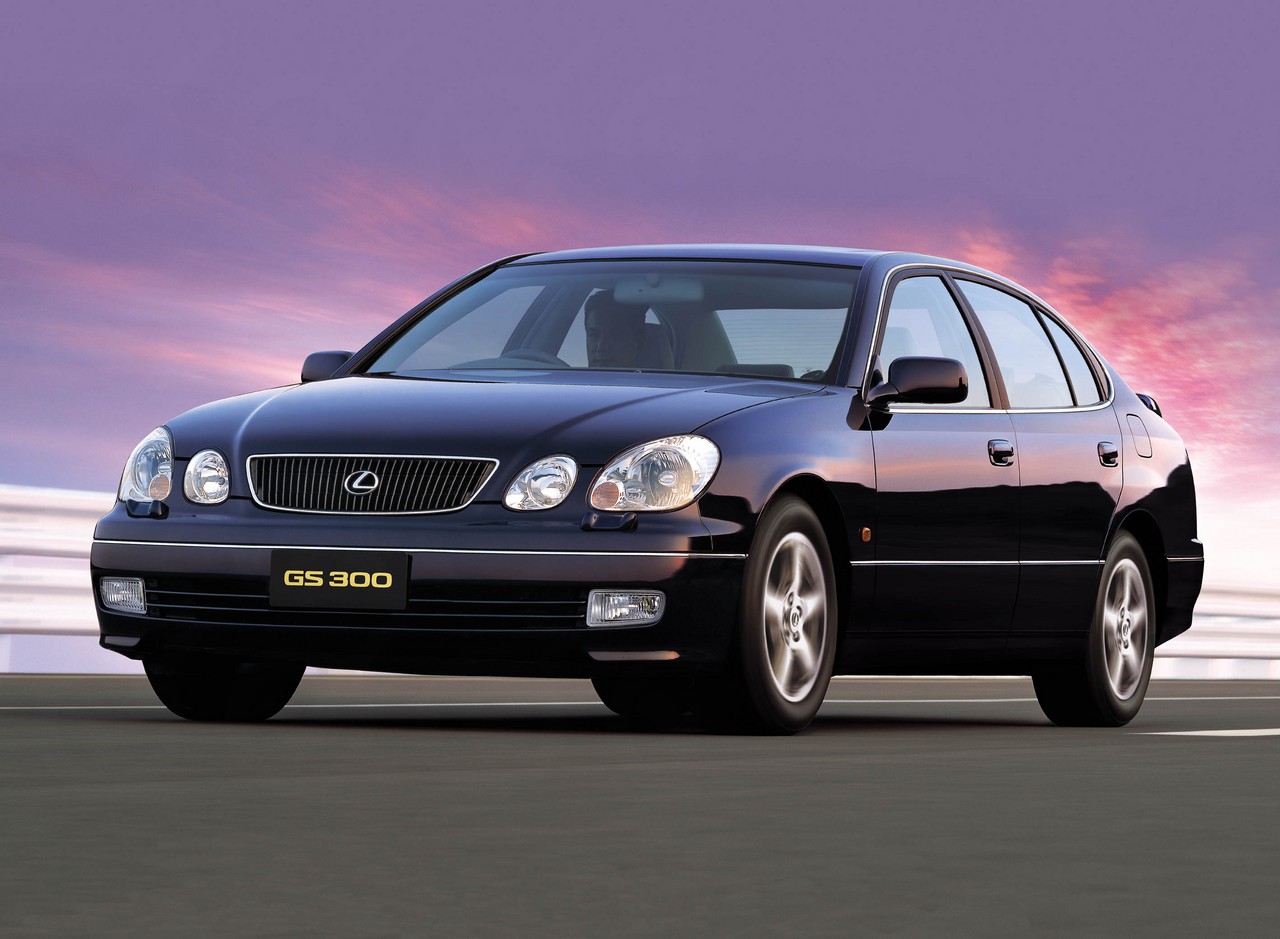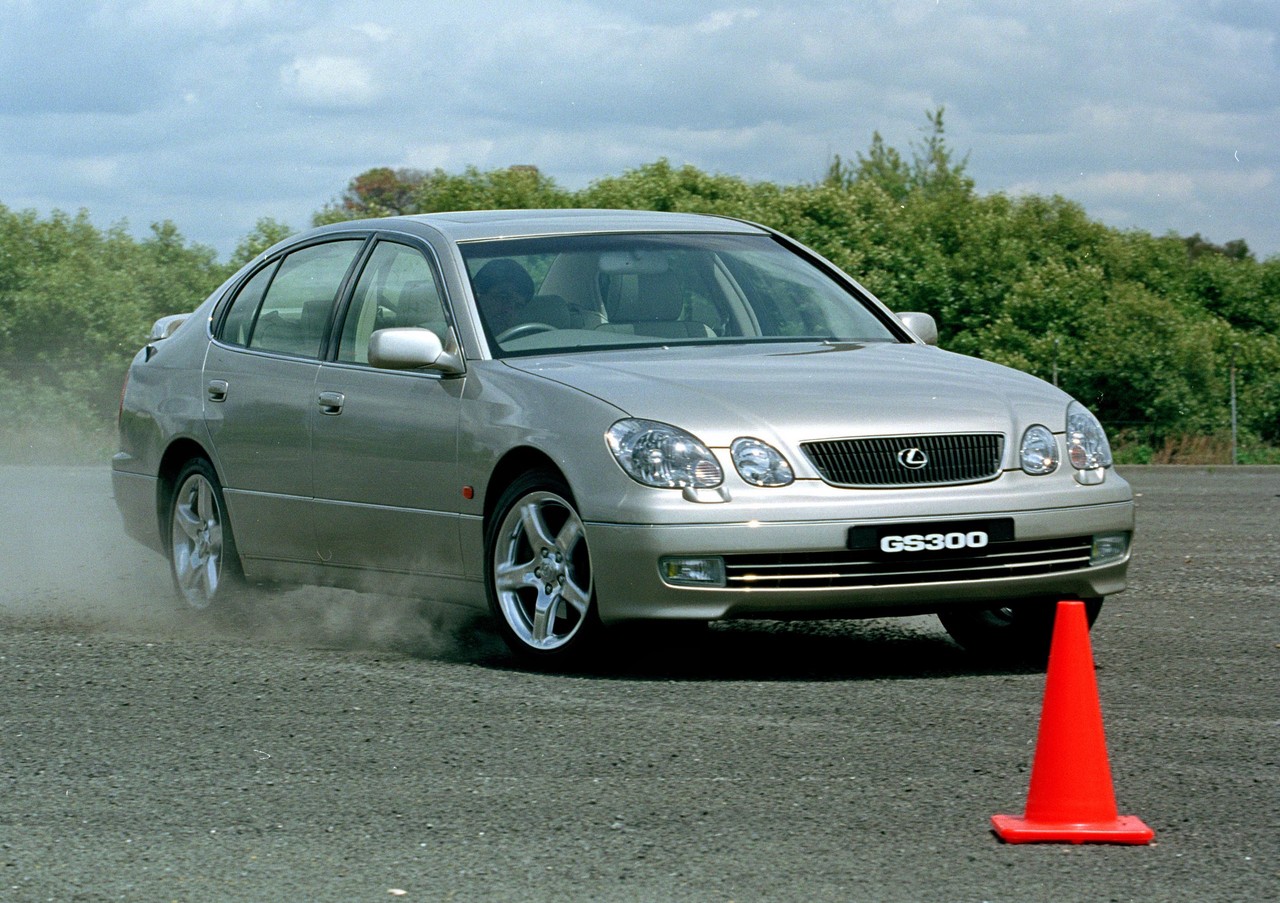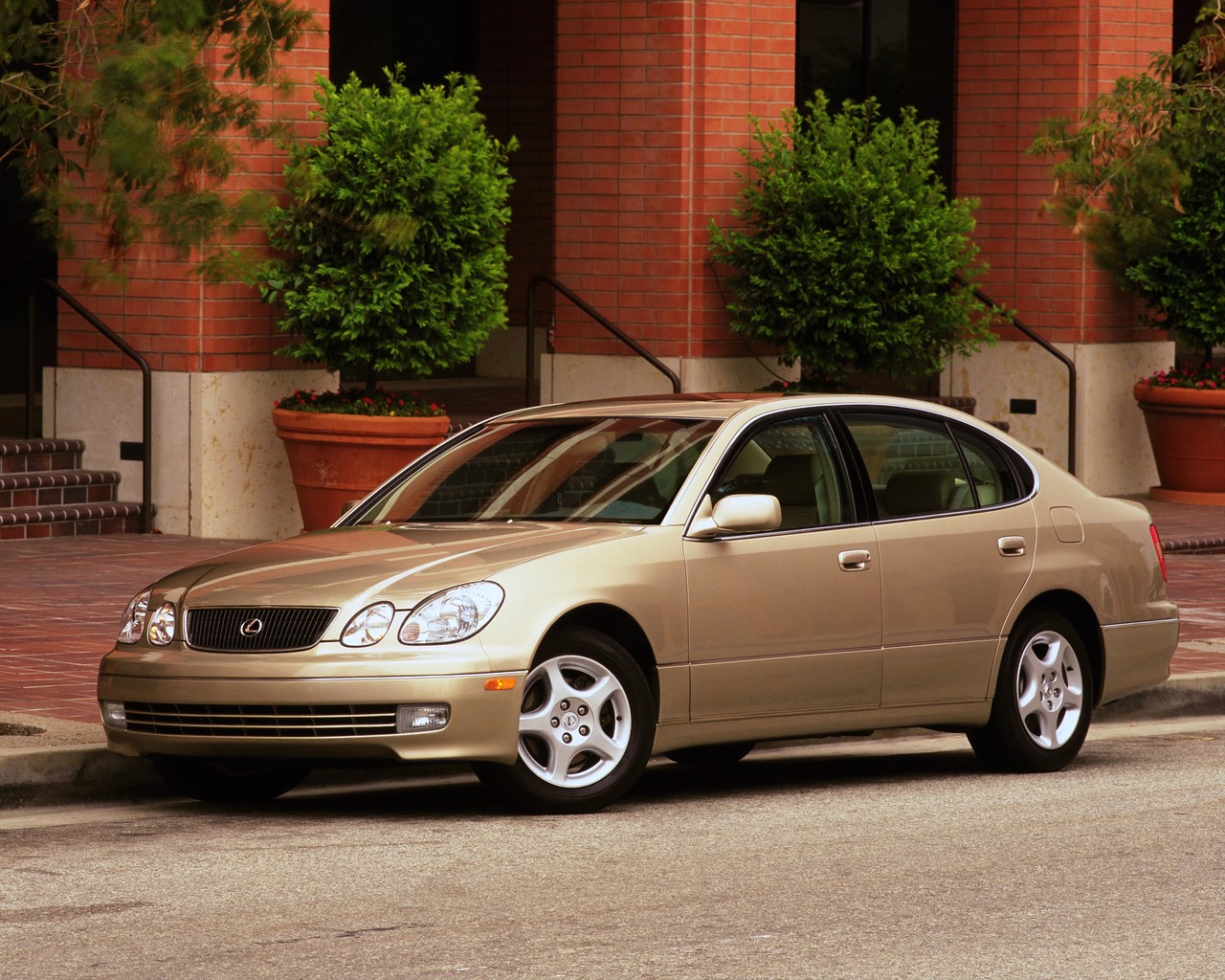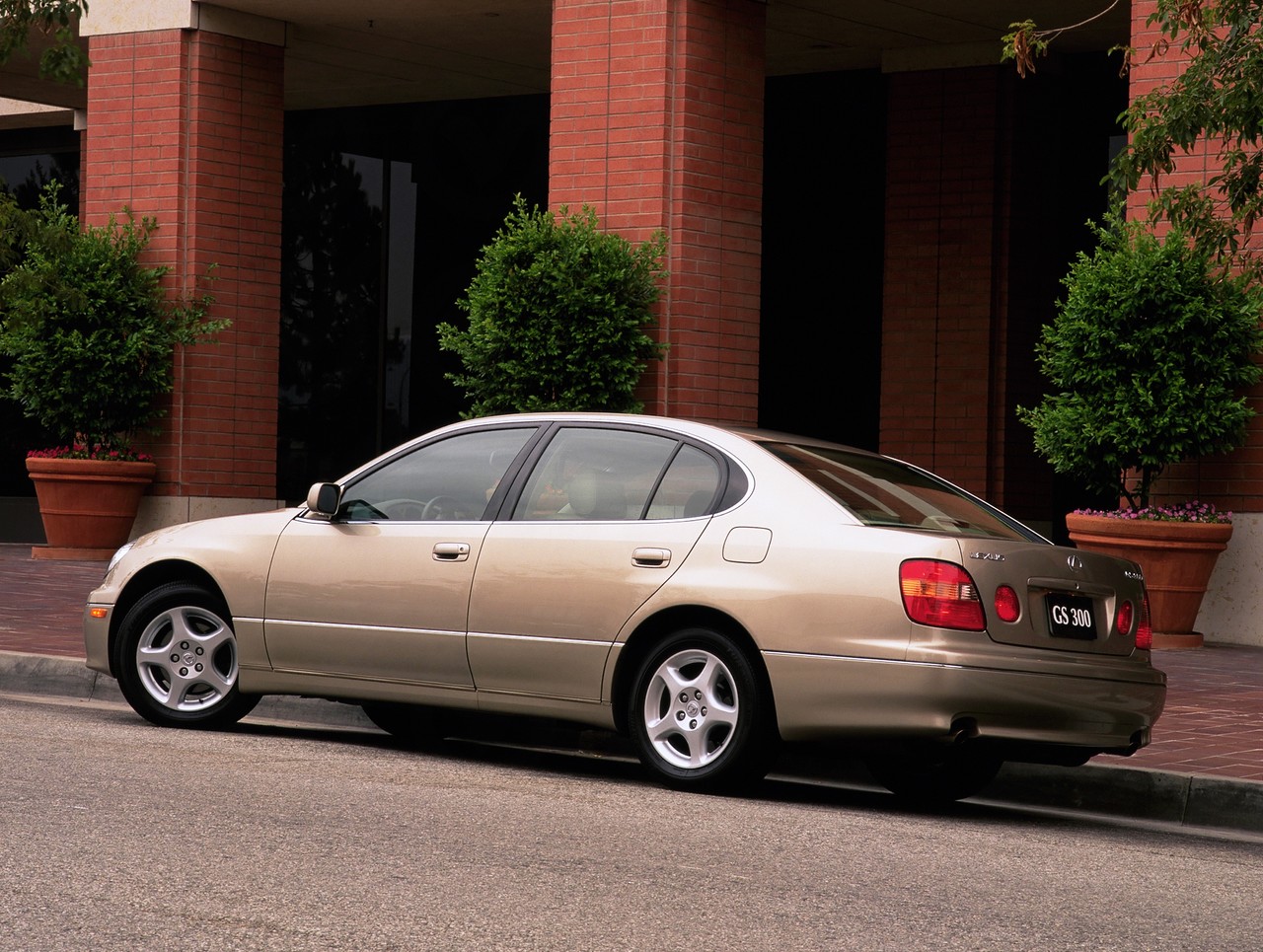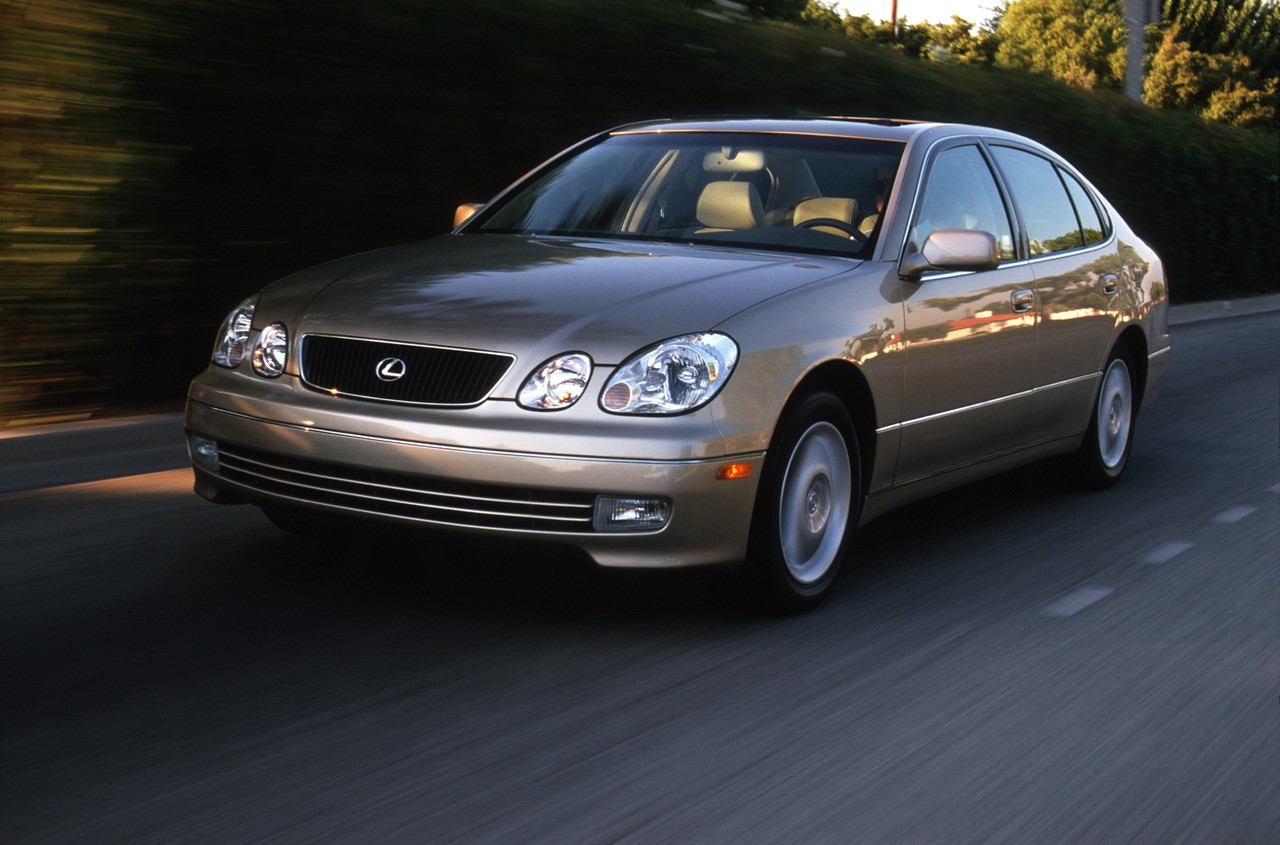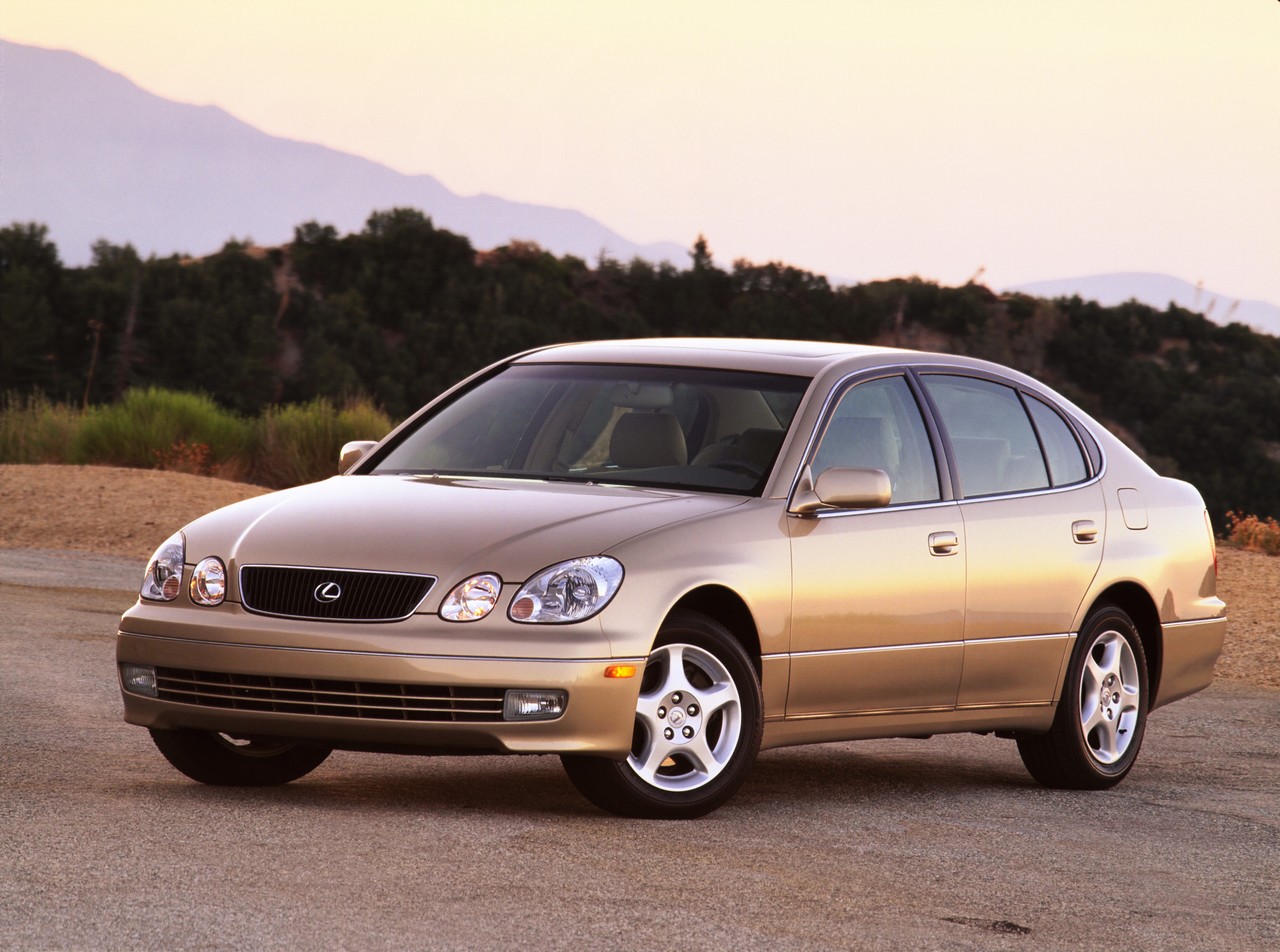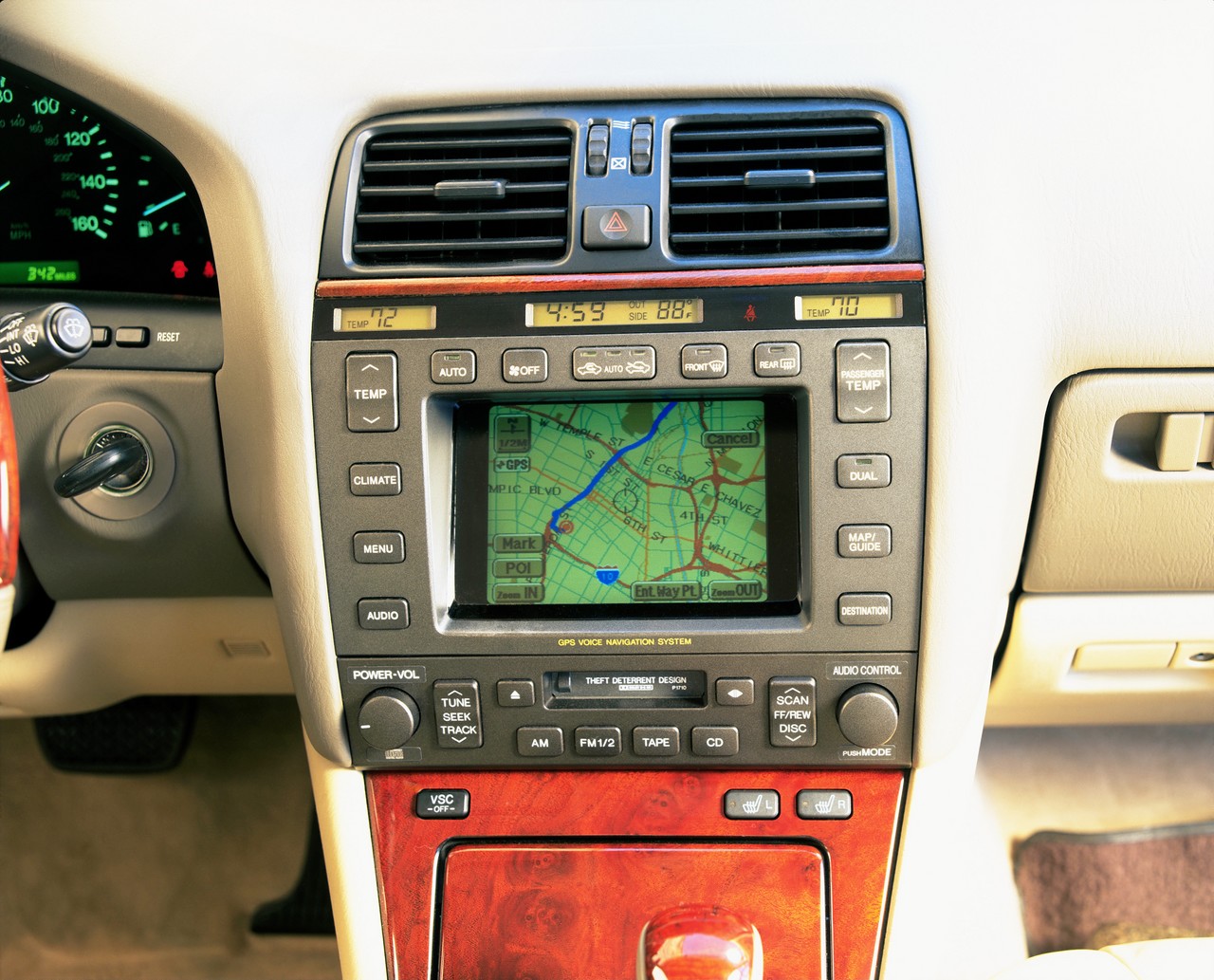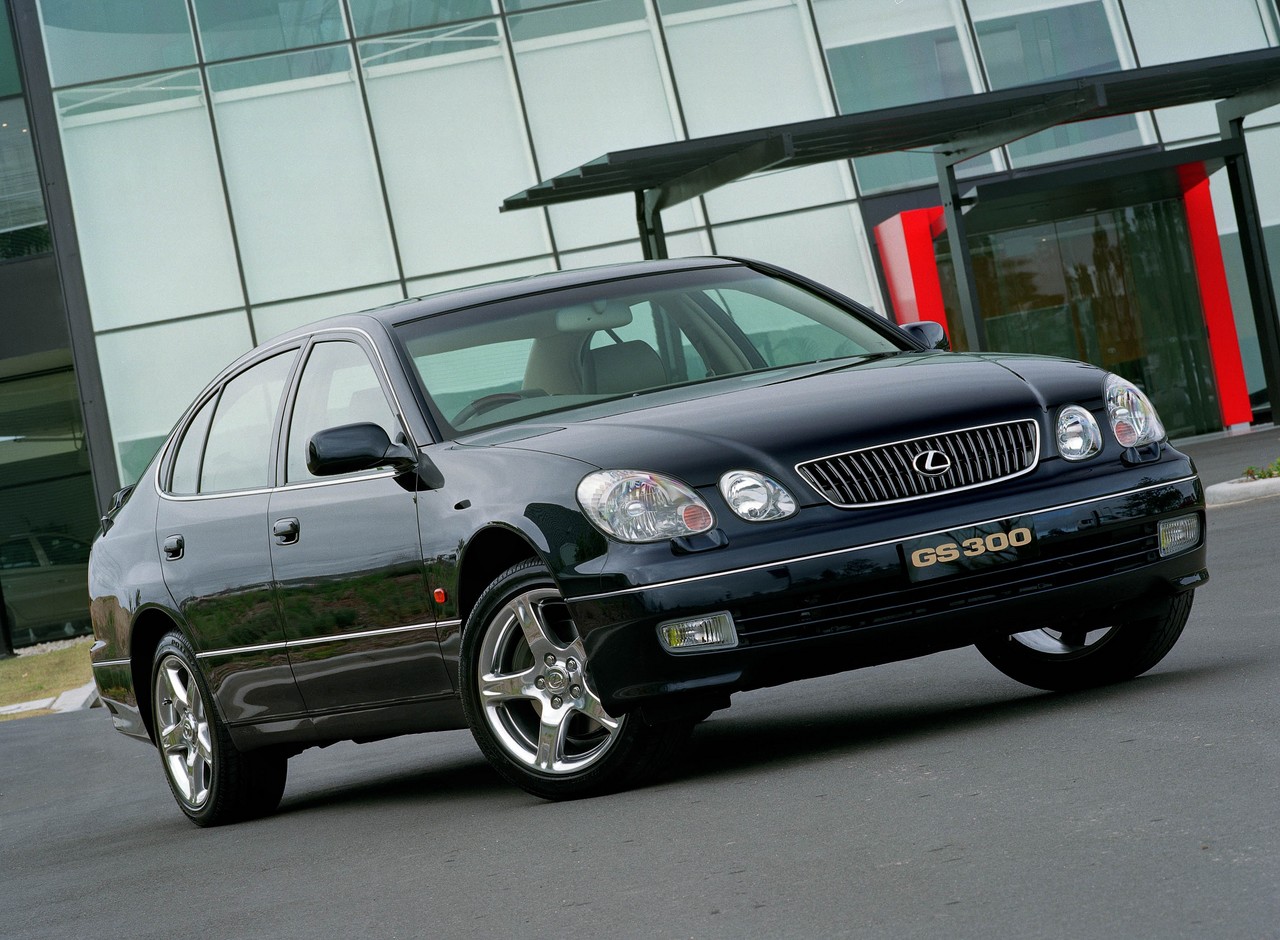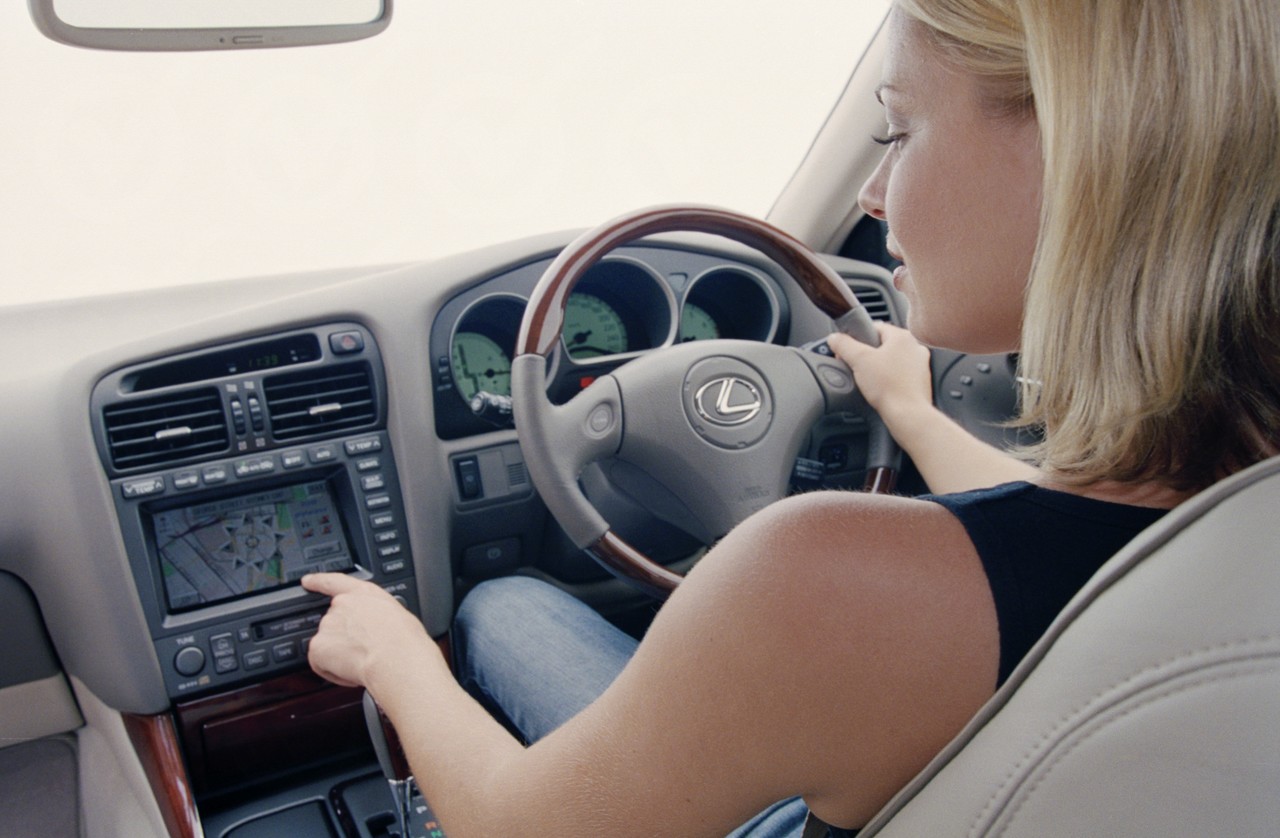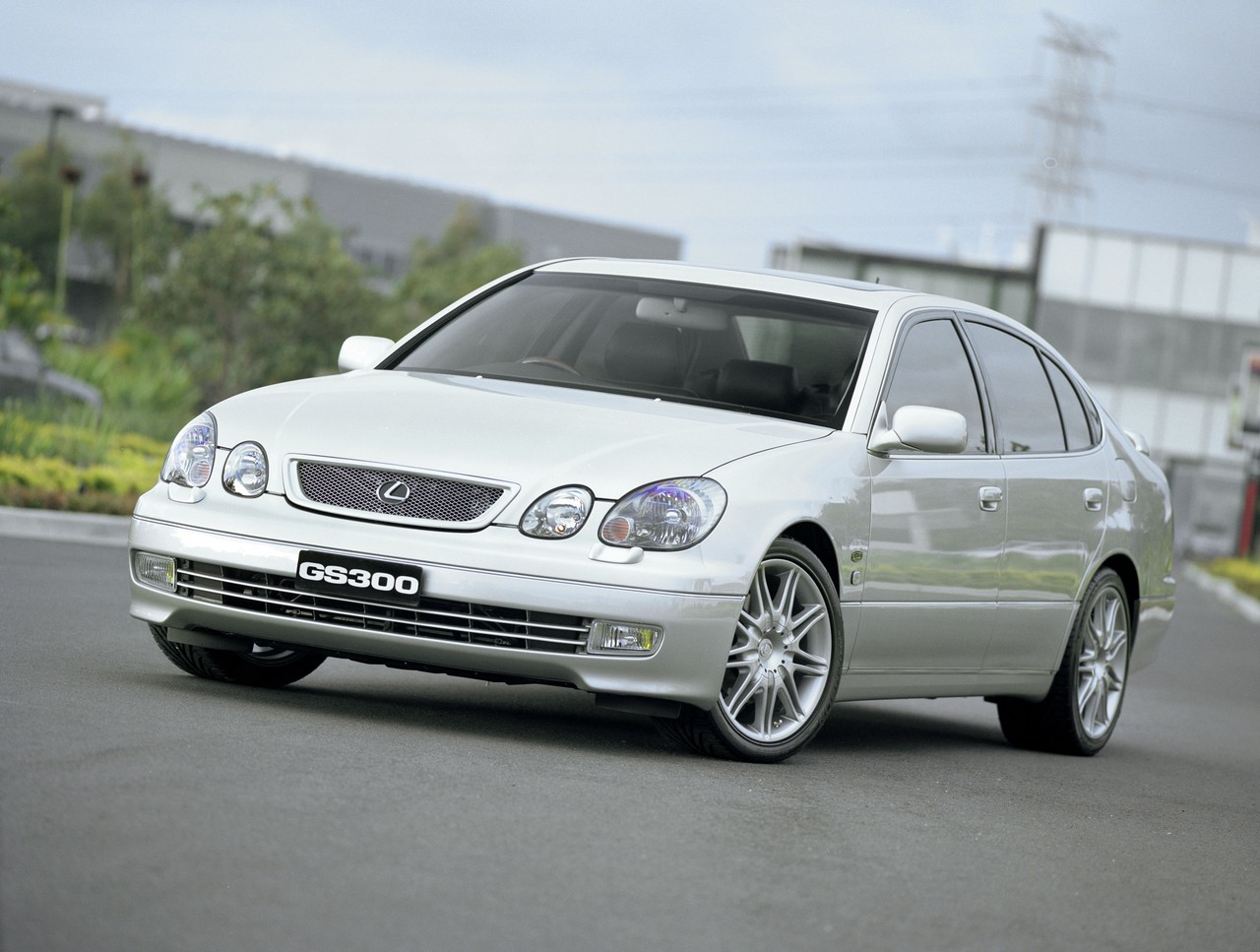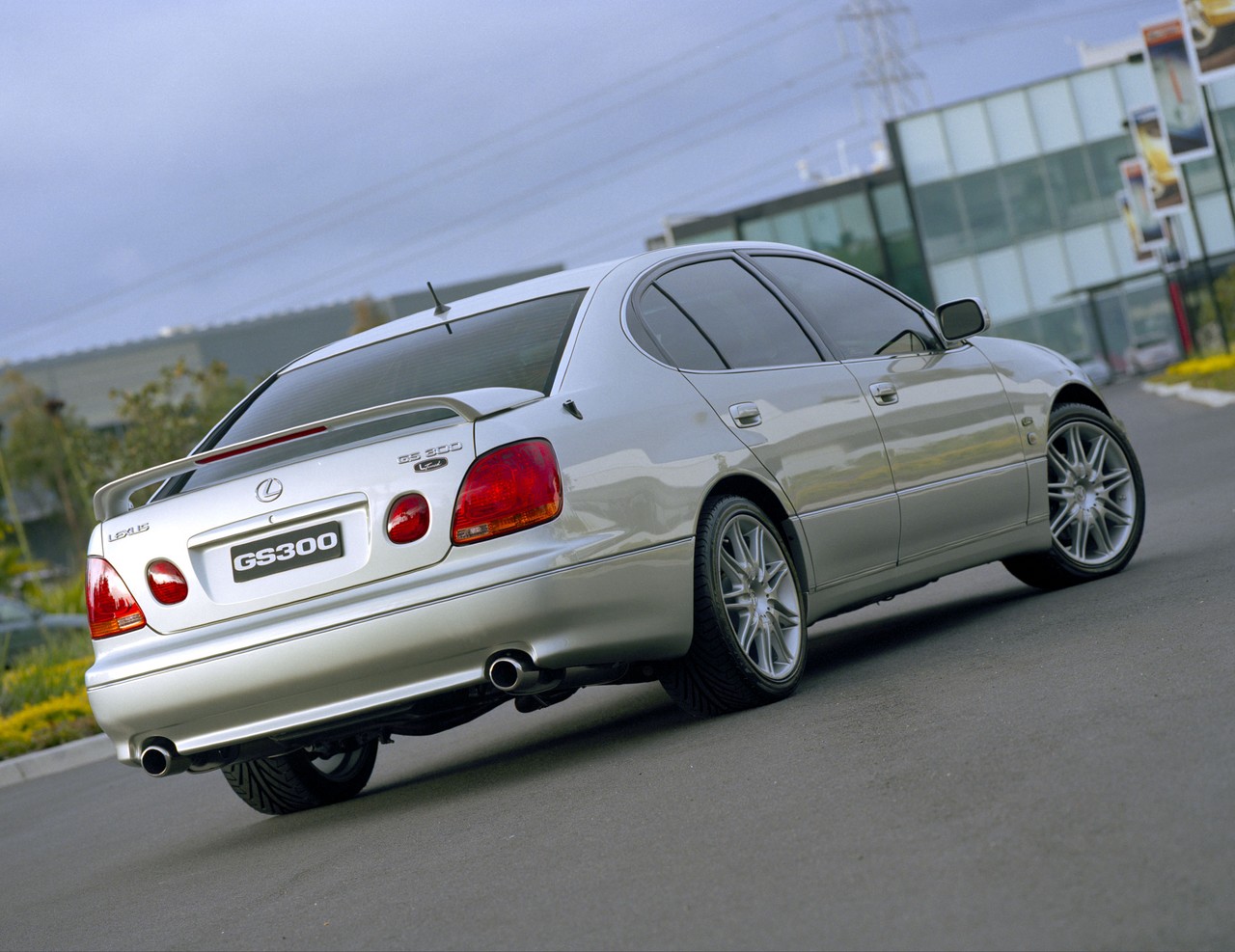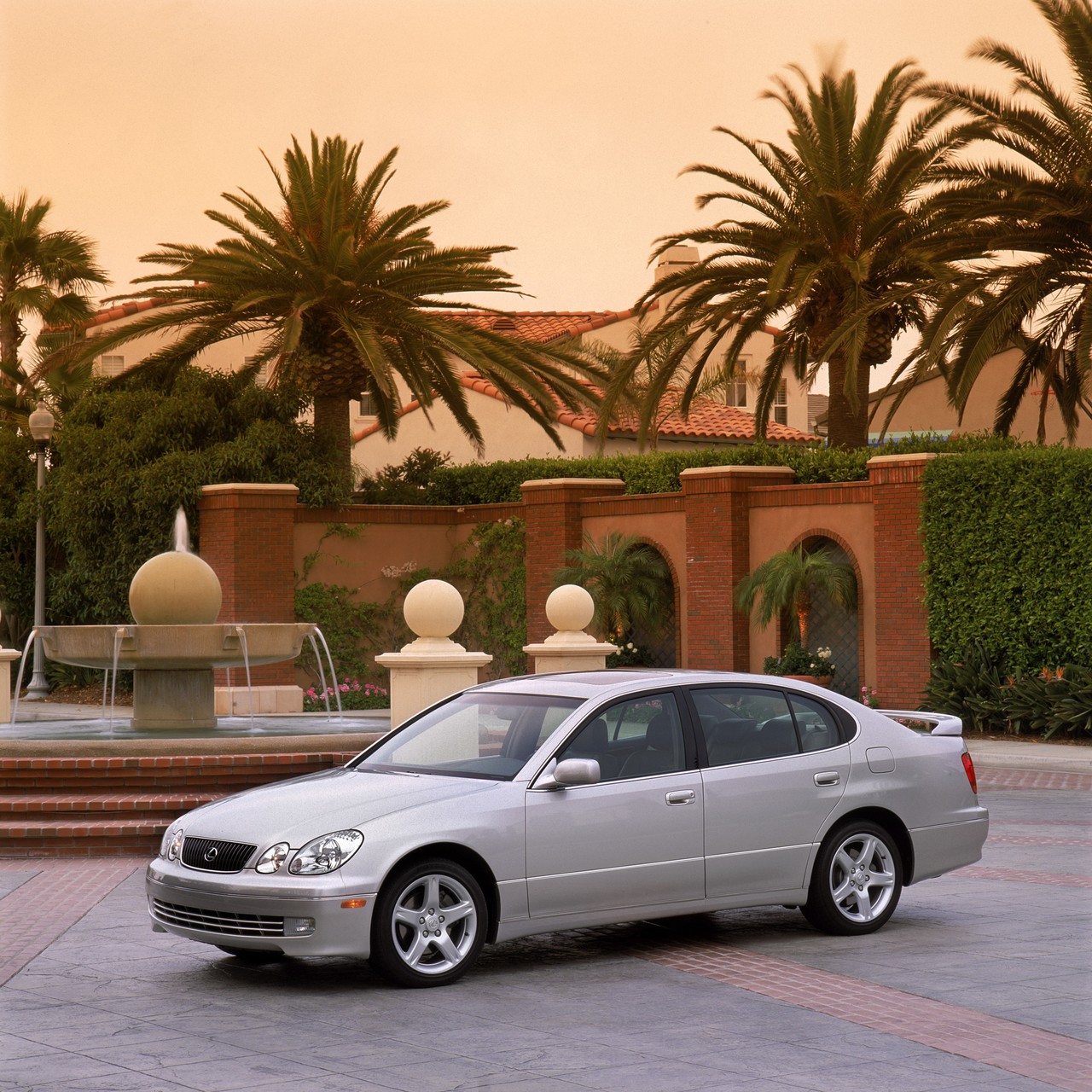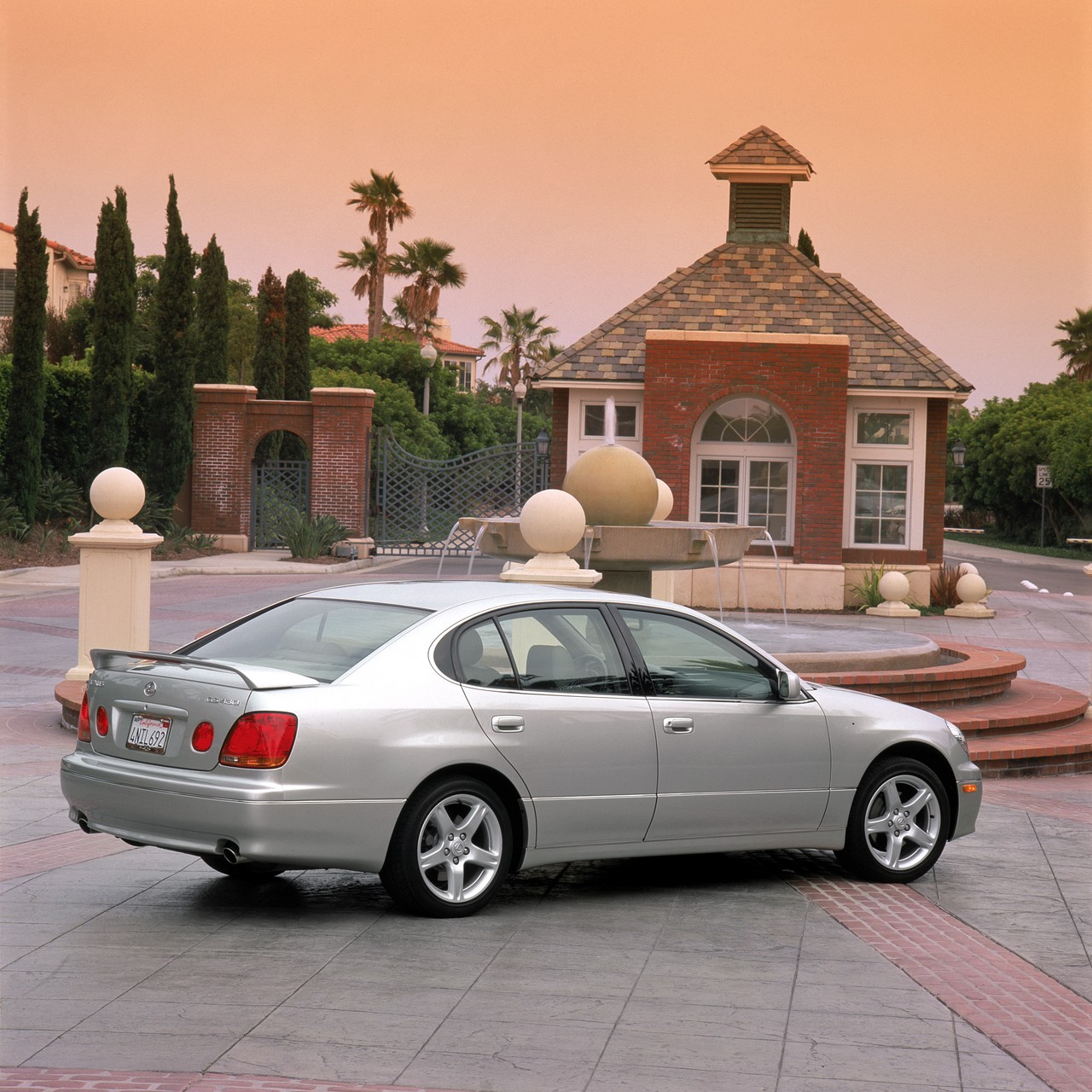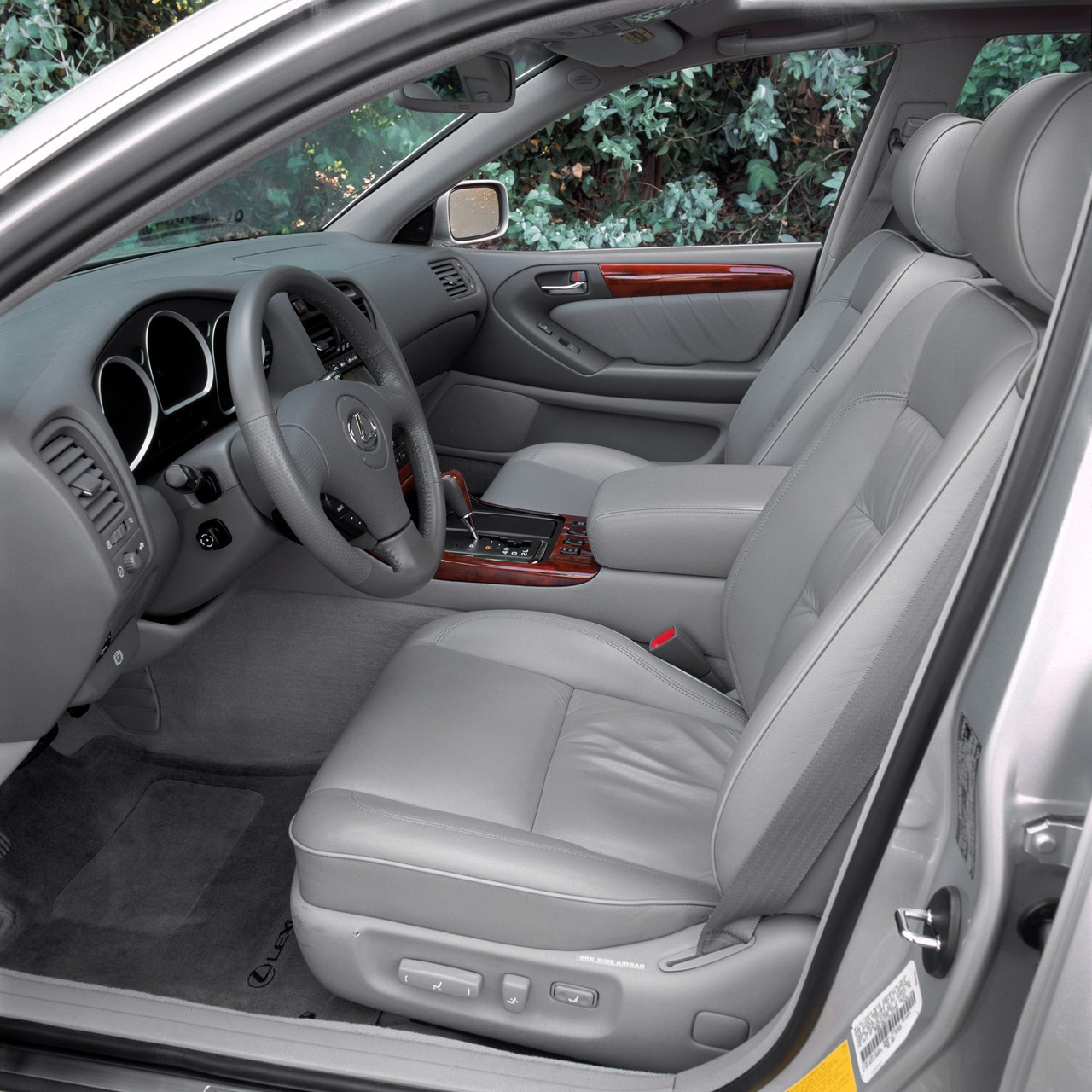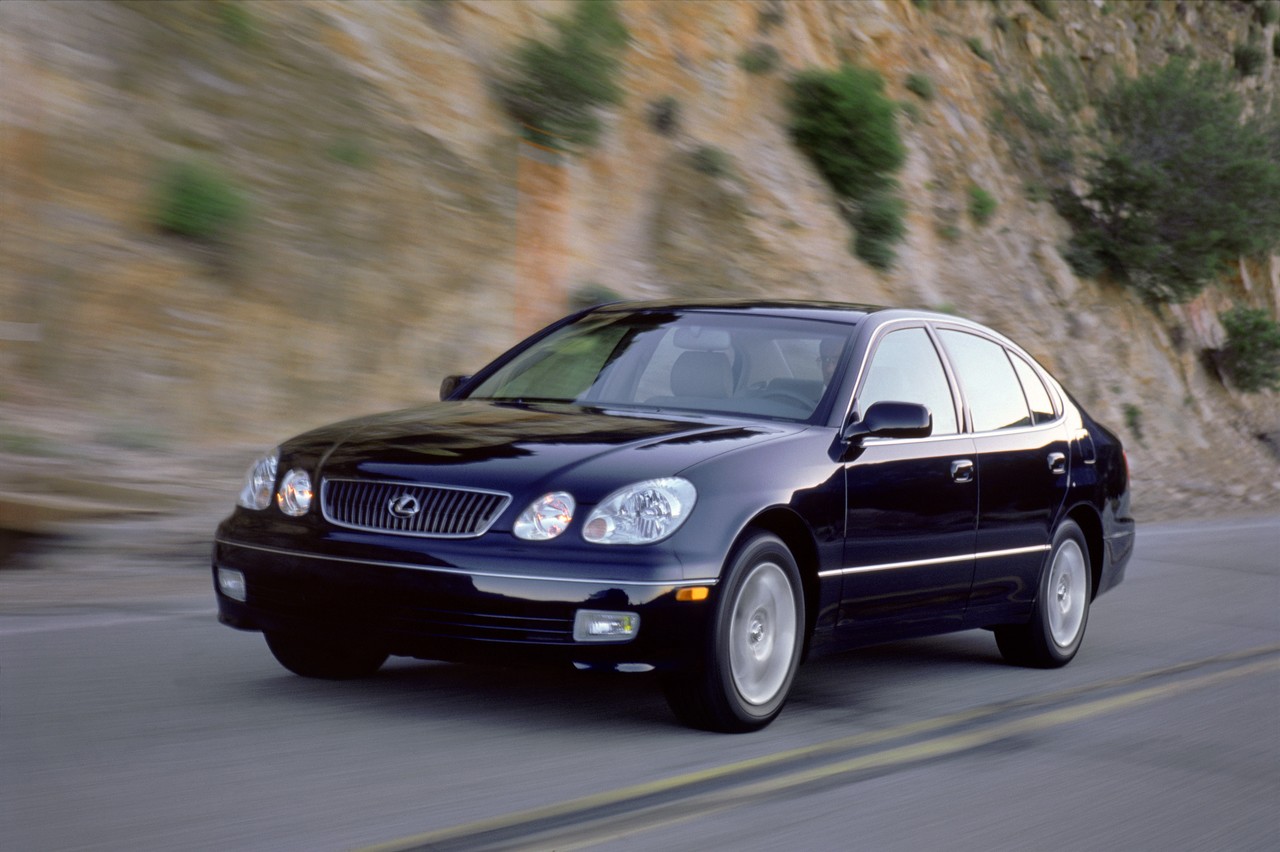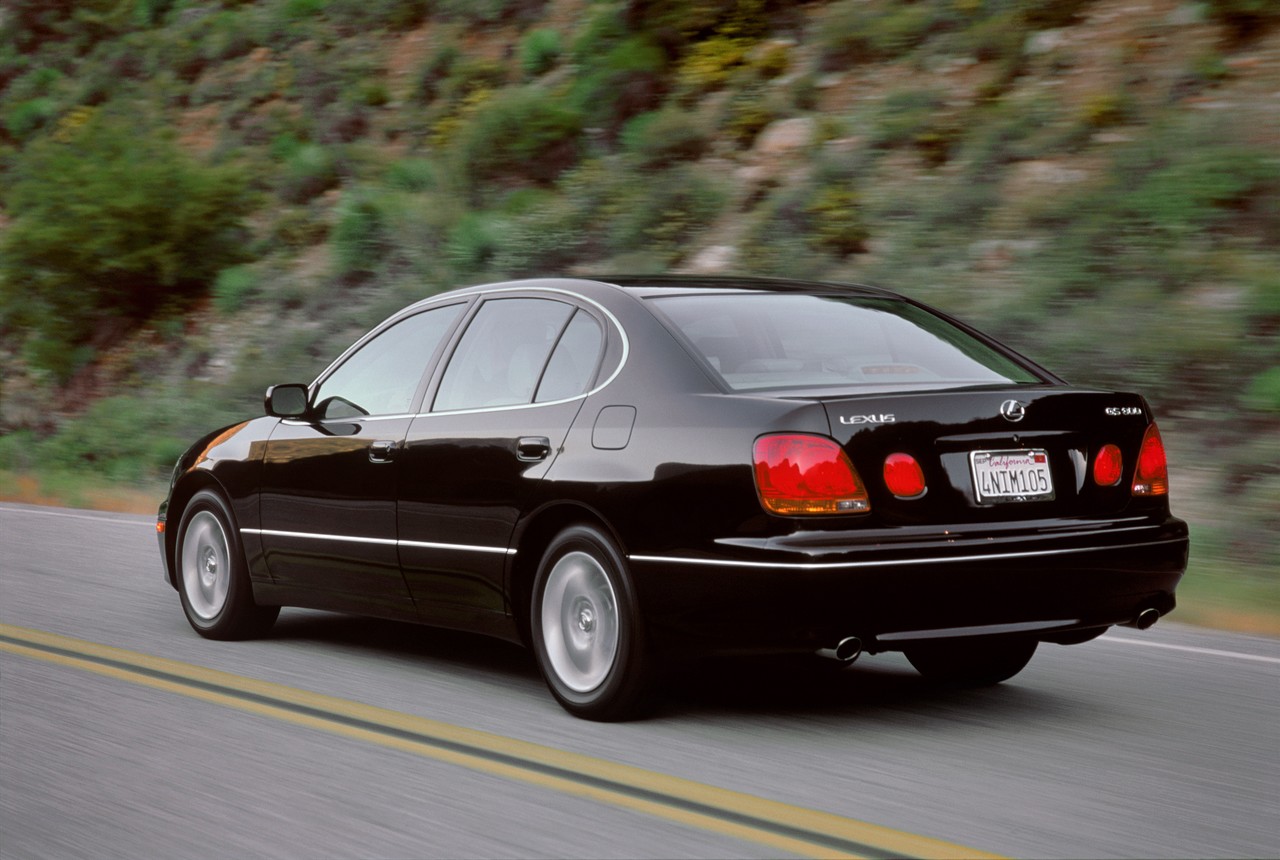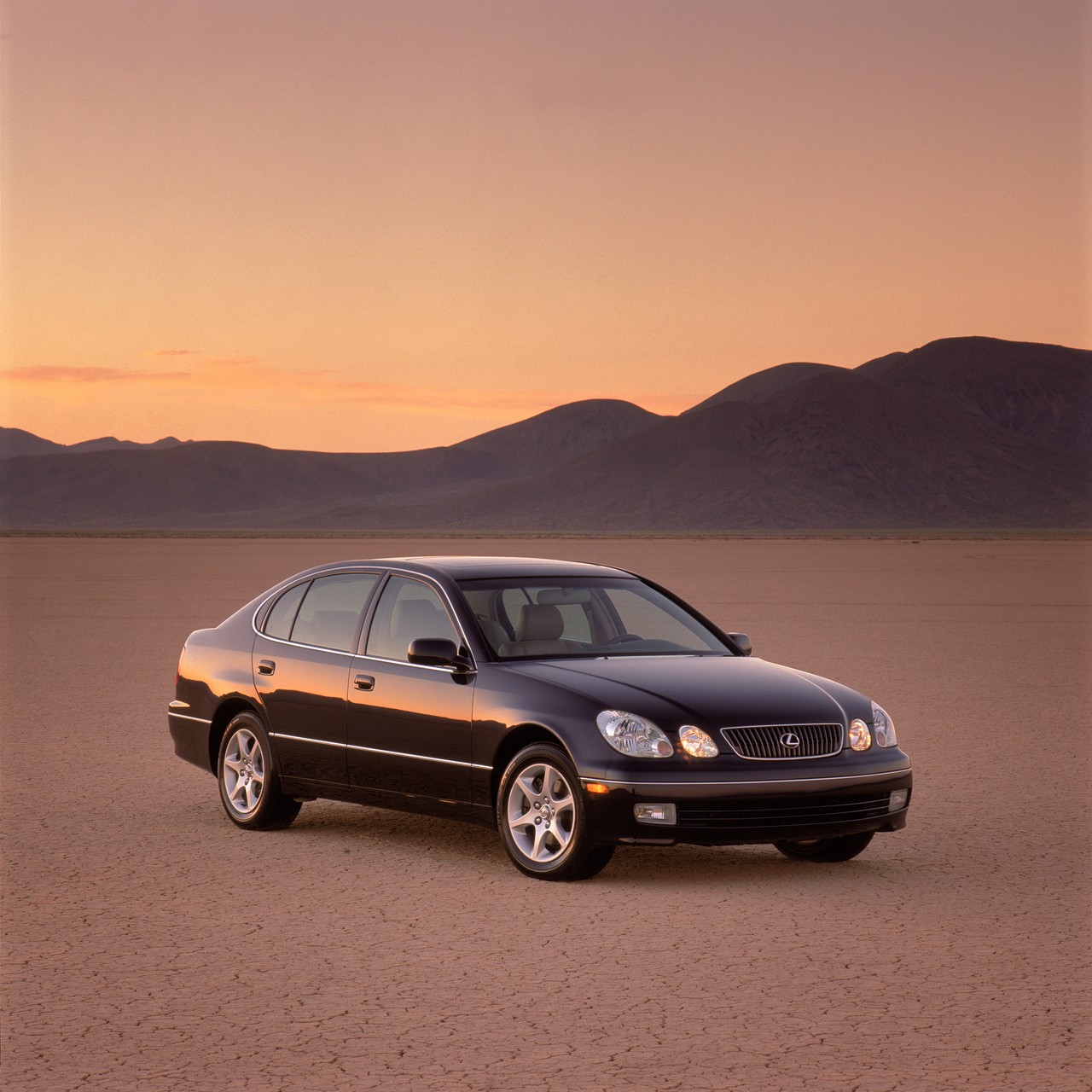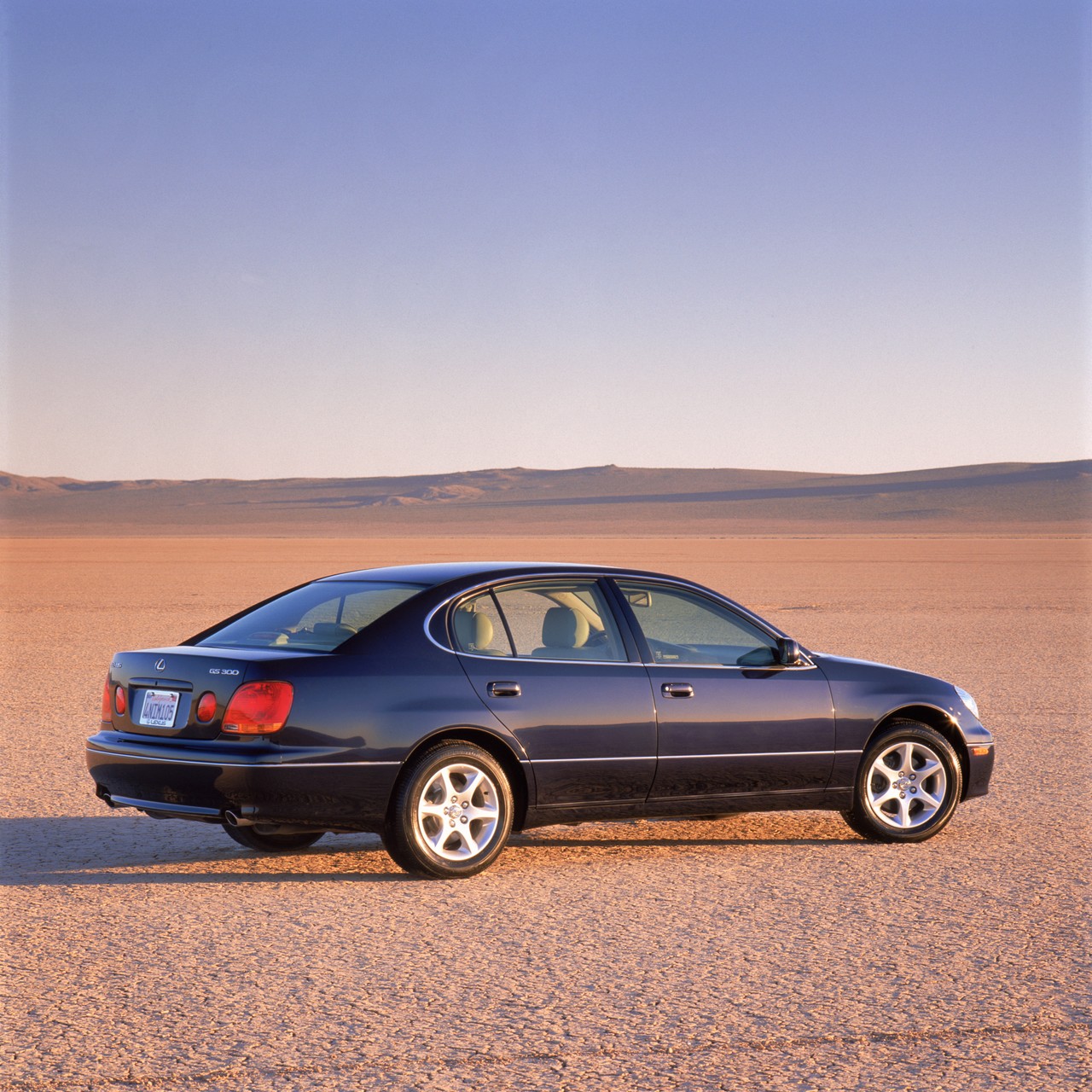
- Free-revving 3.0-litre 2JZ-GE engine
- Comfortable ride
- High standard of fit and finish
- Quiet, well-insulated cabin
- Suspension lacks body control
- Premium unleaded petrol recommended
- Uncomfortable centre rear seat
Review: Lexus S160.I GS 300 (1997-00)
Overview
Released in September 1997, the Lexus S160 Series I (S160.I) GS was a mid-size, rear-wheel drive sedan. Manufactured in Tahara, Japan, the Lexus S160 GS range consisted of the GS 300 which was powered by a 3.0-litre inline six-cylinder petrol engine that was mated to a five-speed automatic transmission (A650E) .
GS 300: 2JZ-GE engine
The 3.0-litre 2JZ-GE petrol engine had a cast-iron block, an aluminium cylinder head, double overhead camshafts, four valves per cylinder, variable timing for the intake valves (VVT-i) and a compression ratio of 10.5:1.
Dimensions
The GS 300 was 4805 mm long, 1800 mm wide, 1445 high and had a 2800 mm long wheelbase. Furthermore, the GS 300 had a kerb weight of 1686 kg and drag coefficient of 0.30 Cd.
Suspension
The GS 300 had double wishbone front suspension with coil springs and an anti-roll bar, and multi-link double wishbone rear suspension (also with coil springs and an anti-roll bar).
| Engine | Trans. | Peak power | Peak torque | |
|---|---|---|---|---|
| GS 300 | 3.0-litre petrol I6 (2JZ-GE) | 5sp auto | 166 kW at 6000 rpm | 298 Nm at 4000 rpm |
Safety equipment
Standard safety equipment for the GS 300 included dual front airbags, ABS, front side airbags and traction control. From 2000, the GS 300 was fitted with brake assist.
Brakes
The S160 GS 300 had 296 mm by 32 mm vented front brake discs and 307 mm by 12 mm solid rear discs.
Features: GS 300
Standard features for the GS 300 included 16-inch alloy wheels, a seven speaker sound system with a six-stack CD player, climate control air conditioning, cruise control, leather seats, a power adjustable driver’s seat with memory settings, front fog lamps, a leather-wrapped steering wheel, remote central locking, power mirrors and windows, a trip computer, an alarm and immobiliser.
Review: Lexus S160.II GS 300 (2000-04)
Overview
Released in December 2000, the S160 Series II (S160.II) was a minor update for the GS 300. Visually, the S160.II GS 300 was distinguished by its 17-inch alloy wheels, clear-finish lenses and high-intensity discharge headlights, new radiator grille with central horizontal bar and new tail lamps with semi-transparent outer lenses and reflectors.
Inside, the GS 300 featured steering wheel gearshift buttons (Lexus’ ‘E-shift’), additional woodgrain trim, metallic-ringed instrument surrounds, grey metallic surrounds on the instrument cluster and centre console, and a chrome-plated gearshift surround.
| Engine | Trans. | Peak power | Peak torque | |
|---|---|---|---|---|
| GS 300 | 3.0-litre petrol I6 (2JZ-GE) | 5sp auto | 166 kW at 6000 rpm | 298 Nm at 4000 rpm |
Safety equipment
Compared to its S160.I predecessor, standard safety equipment for the S160.II GS 300 was improved with the addition of front side curtain airbags (i.e. for front occupants); the master brake cylinder was also enlarged for greater stopping power.
Features: GS 300
Initially, standard features for the Lexus GS 300 were largely unchanged. In October 2001, satellite navigation became standard; from July 2002, a moonroof and rear spoiler were also fitted as standard.
2003 GS 300 L-Tuned edition
Released in April 2003, the Lexus GS 300 L-Tuned edition featured 18-inch OZ alloy wheels, high pressure nitrogen-charged dampers, stiffer suspension strings, sports steering settings, stainless steel exhaust system for an undisclosed power increase, bodykit and other visual enhancements (sports mesh grille, clear side indicators and ‘L-Tuned’ badging).
Related links
- Press Release: Lexus S160.II GS 300 (November 2000)
- Press Release: Lexus S160.II GS 300 update (July 2002)
- Press Release: Lexus S160.II GS 300 L-Tuned (January 2003)
- Wikipedia.org: Lexus S160 GS
